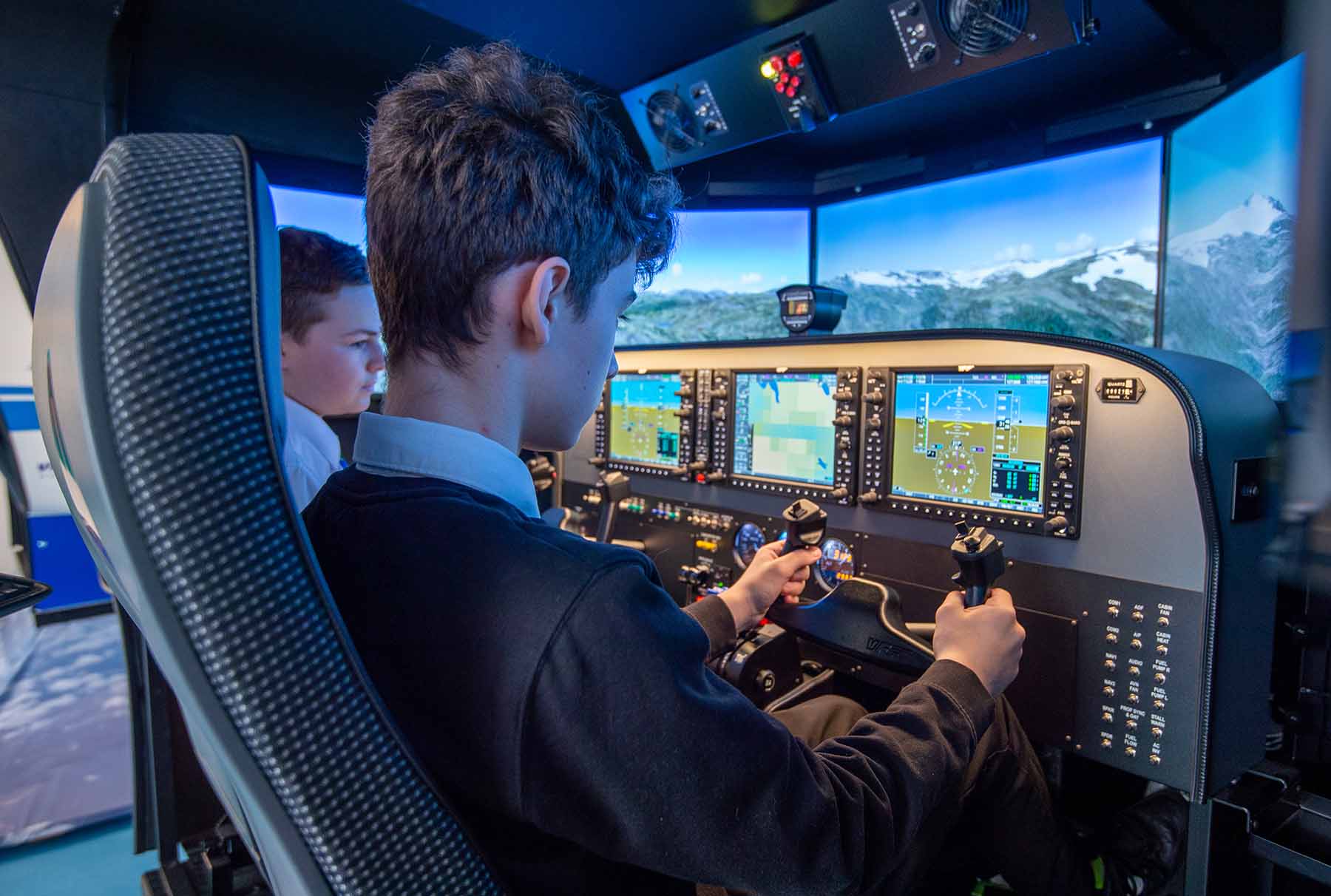Glasgow's place in aviation history

Bundled up in sheepskin and with just 15 minutes' worth of oxygen in the tank Lieutenant David Fowler McIntyre, and his Commander Lord Clydesdale set off on a record-breaking journey – flying over the summit of Mount Everest.
In April of 1933, David F. McIntyre, a 28-year-old man from Govan and Lieutenant in the 602 squadron of the Royal Air Force was one of the first people to fly over the summit of Mount Everest, at the time the closest to the peak that any human had been.
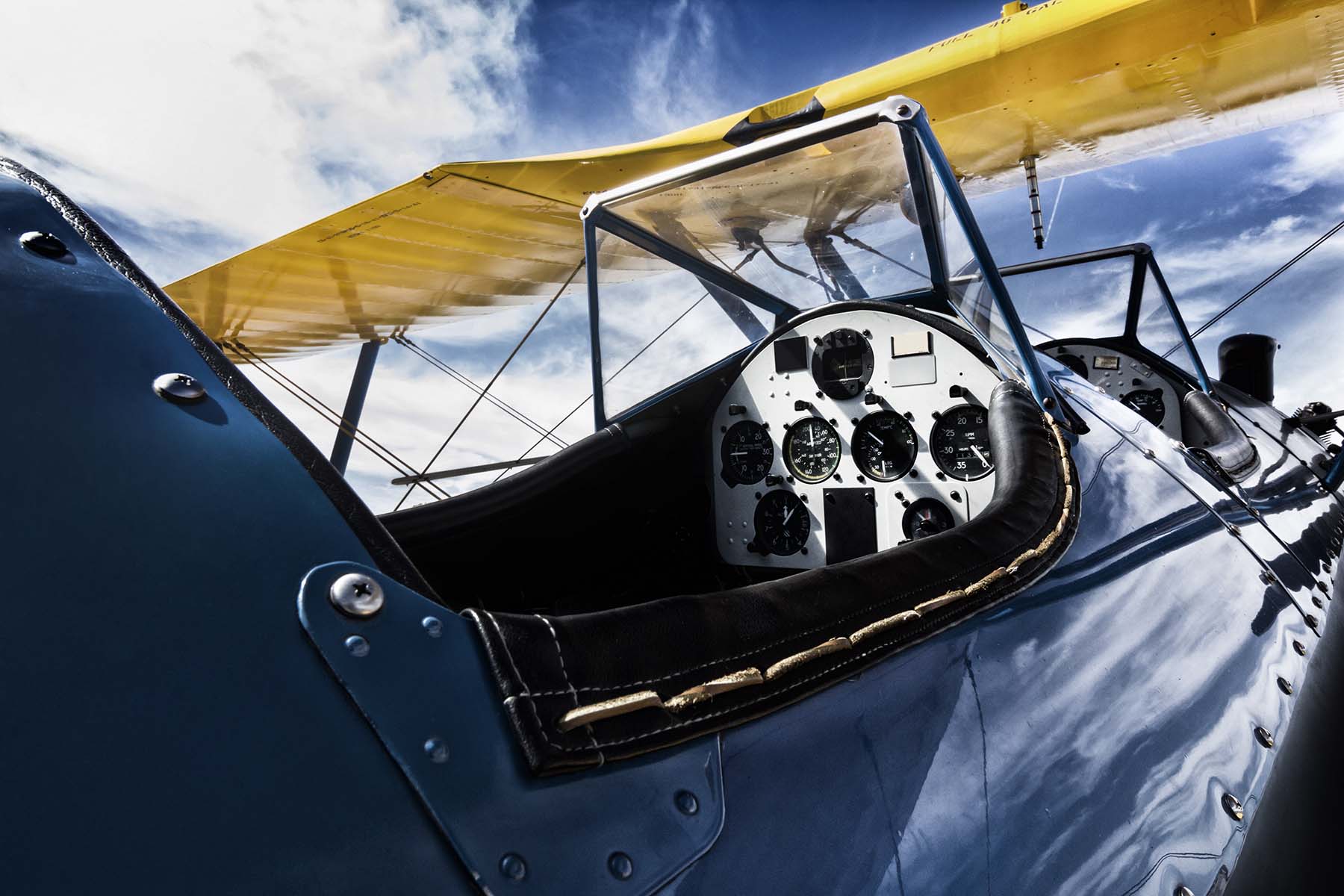
A new era of aviation
20 years prior to the first people to climb to the peak Mount Everest, McIntyre and Clydesdale; two Scots, soared across the summit in a small open-cabin aircraft; clearing the mountain by a mere 100 feet. Their aircraft were fitted with the first cameras capable of taking aerial images of the mountain's peaks. Unfortunately, the camera was unsuccessful on this expedition. Their story was captured in a documentary – Wings Over Everest – which won the Academy Award for Best Live Action Short Film in 1936.
Our first steps towards modern air travel started with the Wright brothers and in 30 short years aviation technology had advanced so much that a flight over Everest was possible. Not only that, they were able to make specific modifications to the plane for flying at high altitude. McIntyre flew an open cabin bi-plane that had been specially modified for the expedition over Everest to include heating, oxygen equipment and a supercharged engine. The flight lasted over 3 hours.
The first powered flight in an airplane took place on December 17, 1903. Orville and Wilbur Wright had spent 2 years testing and developing their “Flyer” before a successful test in Kitty Hawk, North Carolina. The flight lasted just 12 seconds.
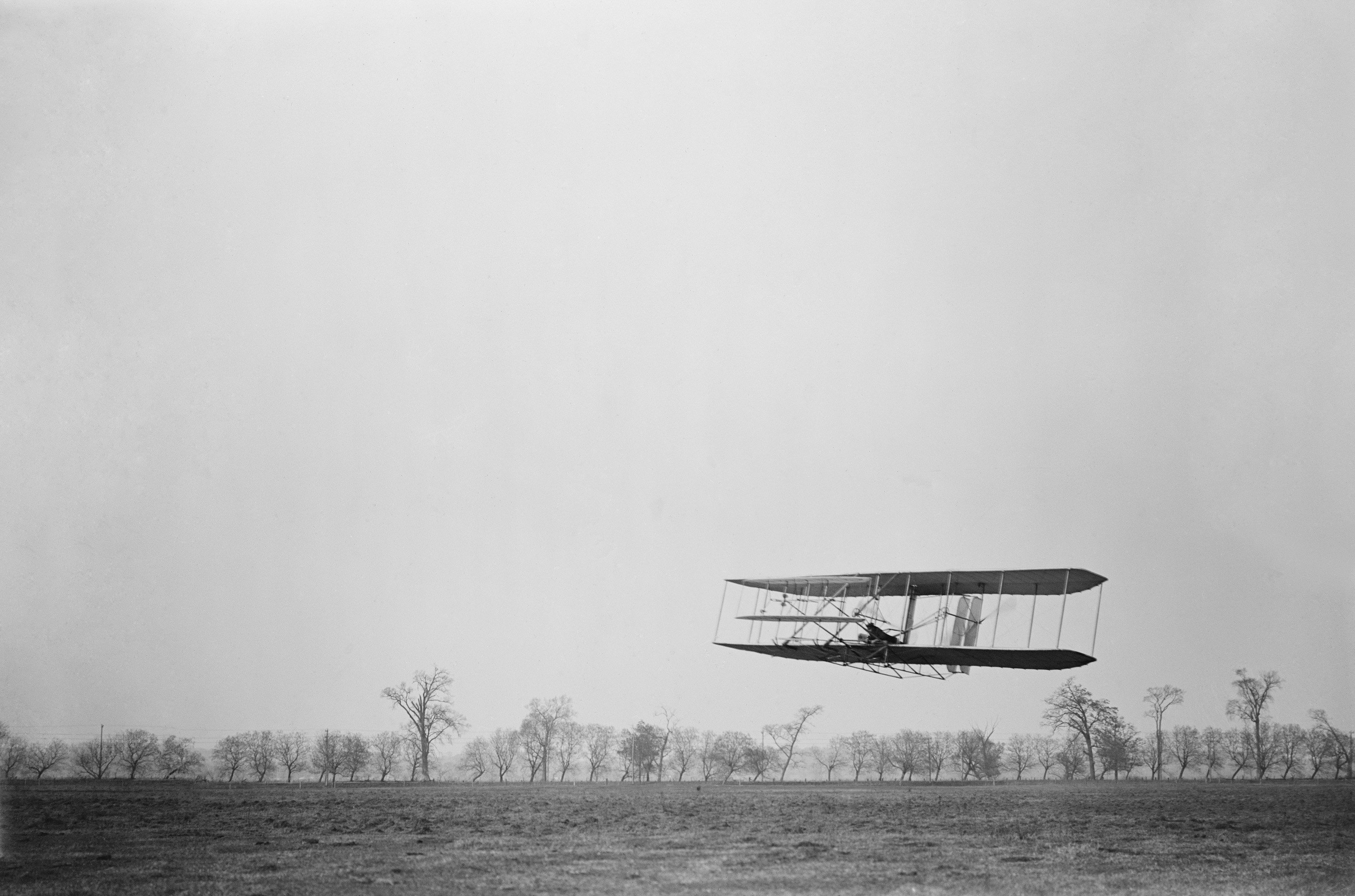
The Wright Brothers highest initial test flight of their “Flyer” reached a respectable 859ft. The flight over Everest reached a far more impressive 35,000 ft. Modern aircraft have evolved far beyond the flimsy “Flyer” of the Wright Brothers and most commercial aircraft now fly to a maximum of 42,000 ft but the principles of getting them off the ground remain the same.
The Wright Brothers would test out their designs using paper models of their “Flyer”. Learn more about these aerodynamic principles in our GSCAtHome video about Paper Planes.
Green flights are taking off
Aviation has opened up the world and provides opportunity to travel safely, carry out surveillance and transport goods worldwide. However, this has a negative impact on our climate. Aviation currently accounts for 2% of global greenhouse gas emissions and approximately 12% of all transport-related emissions (compared to 74% for road vehicles). It’s relatively straightforward to travel half-way across the world (providing you have a passport, visa, money, and insurance, etc.) and the global demand for flights steadily increases each year. It’s estimated that by 2050 the world’s air traffic will require 620 megatonnes of fuel and generate 2,000 megatons of carbon dioxide emissions.
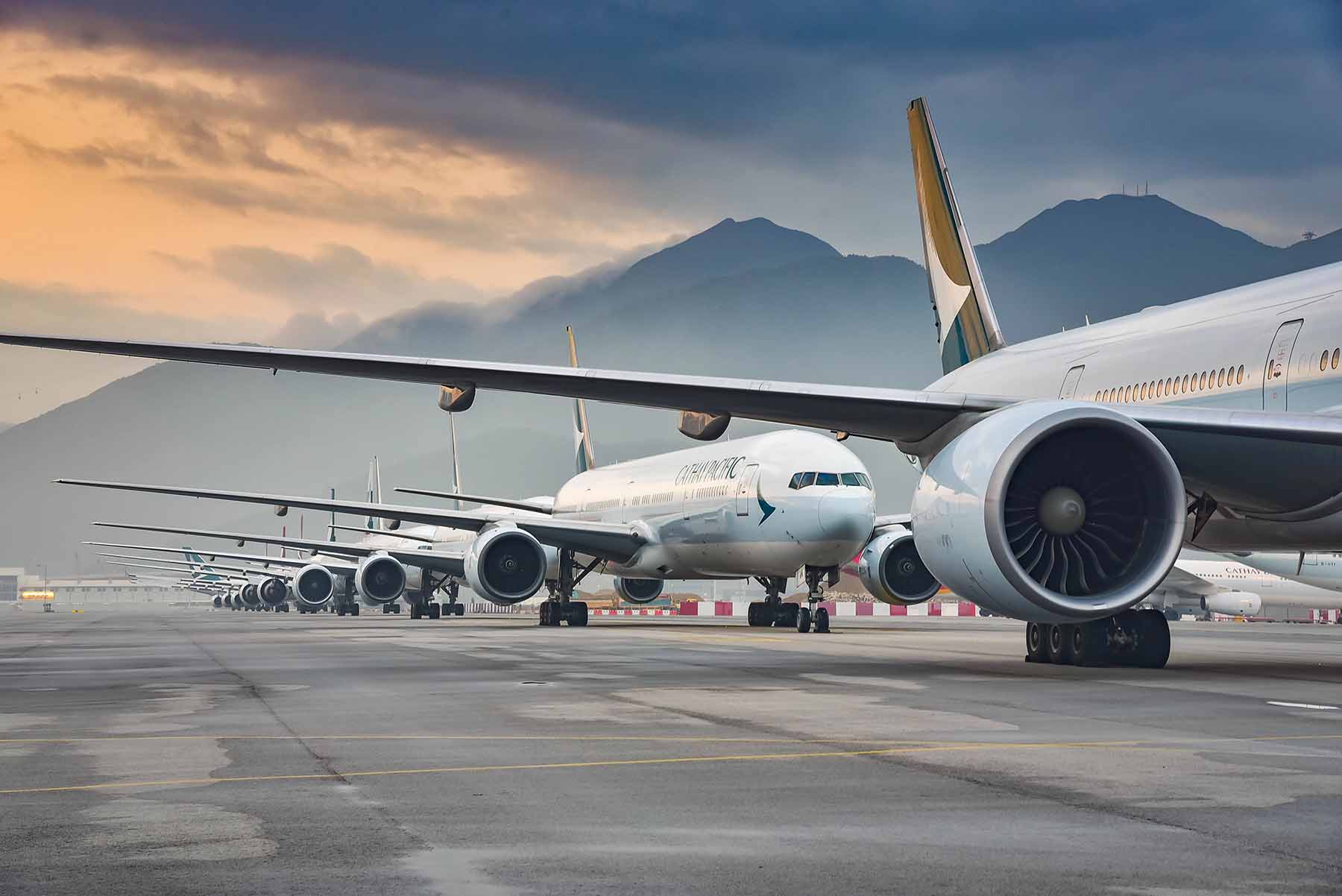
While we can limit the number of long-haul flights we take or minimise the amount of times we hop about in the private jet, sometimes flying is unavoidable. It’s become one of the quickest and often the cheapest ways to travel due to improvements in aircraft design and operation. Scotland has a rich history of aviation, innovation and engineering. We now apply our engineering expertise towards building a more sustainable future.
Scotland has become a world leader in taking action against the climate crisis. It was the first country to declare a climate emergency in 2019 and has taken great strides towards its goal of becoming net zero by 2045, which would mean reducing the greenhouse gas emissions from all sectors. The aviation industry is no different.
Find out what Net Zero actually means - watch the video below!
Soaring Towards Sustainable Air Travel
While the demand for air travel continues to increase rapidly, the emissions associated with this have not grown at a similar rate. This is largely due to continued improvement in aircraft design, technology and fuel efficiency.
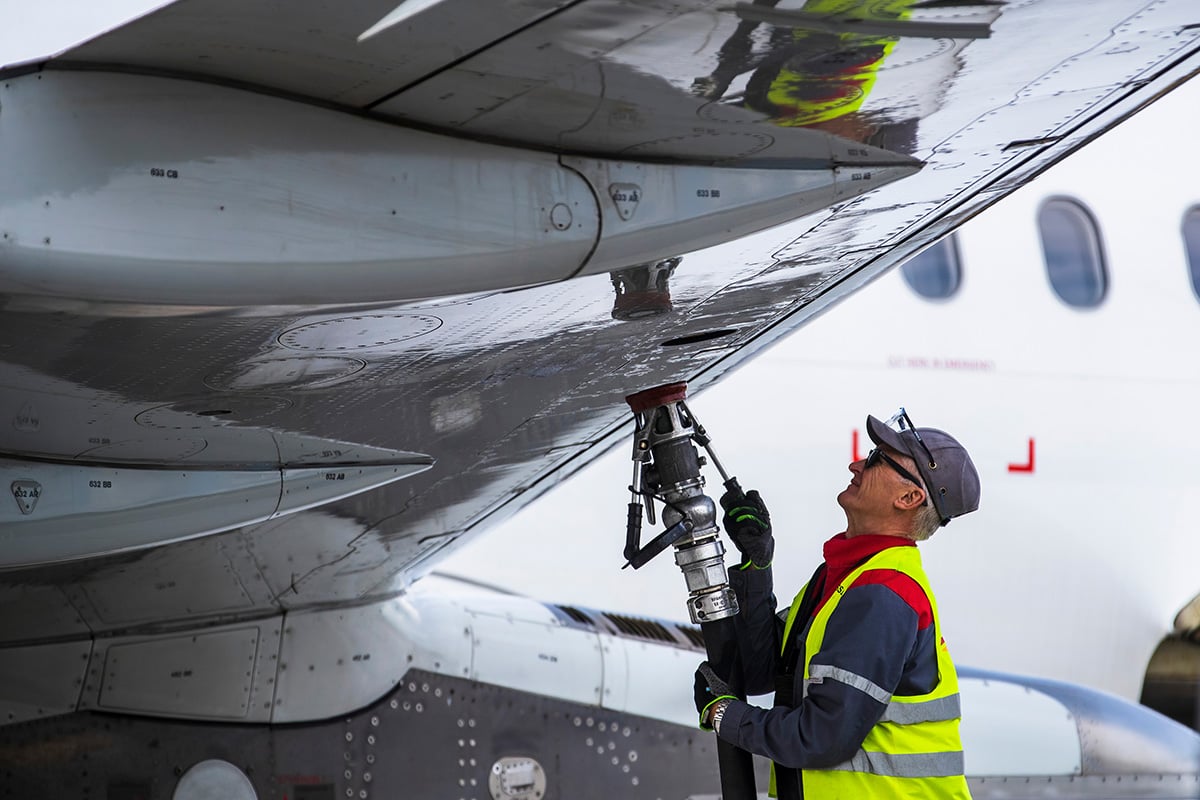
The aircraft in current use are light, efficient machines, but the fuels that we use haven’t changed significantly over the years. More aircraft are fueled using kerosene, a hydrocarbon-based fuel derived from oil in a similar way to petrol, or a blend of kerosene and other fuels. These are fossil fuels and non-renewable. Kerosene used in aviation must be carefully regulated and undergoes lots of testing before being used in any flight.
As we move towards decarbonising our air travel, alternative fuels are being developed. One potential candidate is Sustainable Aviation Fuel – SAF. It is a biofuel and the process for making it is very similar to making kerosene but releases much lower carbon emissions. SAF can be used in a blend or on its own in modern aircraft that are certified compatible.
In an attempt to move away from traditional aviation fuel, electric aircraft are in development. However, a potential issue with electric powered aircraft is batteries. Modern batteries use lithium so they are light and rechargeable giving them a longer life however, the disposal of lithium batteries can be challenging.
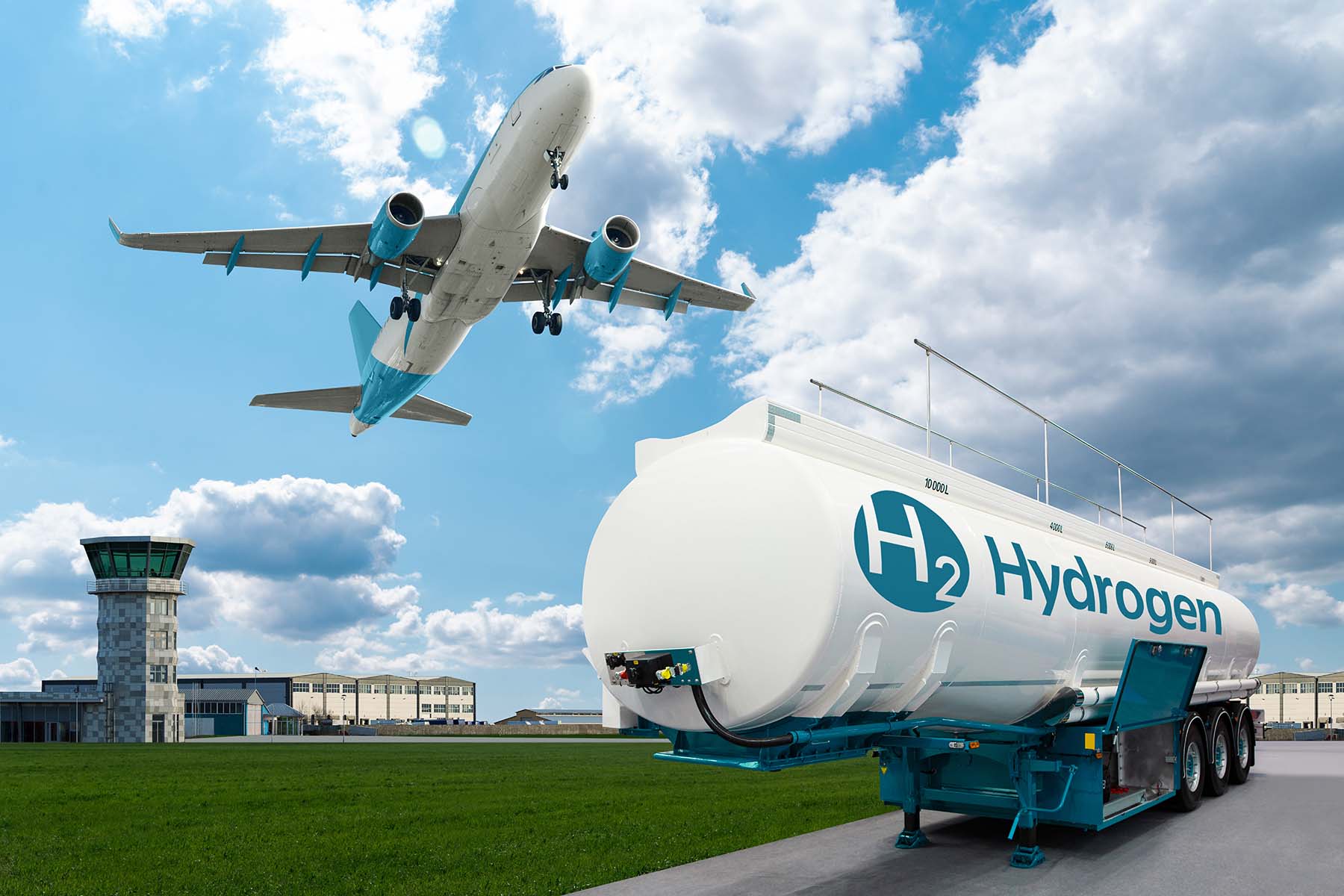
Another option being explored is Hydrogen. Hydrogen is a powerful fuel that only releases water as a waste product. Airbus plans to launch the first commercial hydrogen-powered flight by 2035. Industry experts have suggested that hydrogen-powered aircraft will become more available around 2030 with major upscaling expected in 2050! Book your sustainable holidays now!
Reliable access to air travel has brought new opportunities to Scotland. After returning from their Everest expedition, McIntyre and Clydesdale established Scottish Aviation. Initially opening up as an aviation school it later served as an aircraft manufacturing hub in Prestwick, Scotland. Over the past 100 years, the aviation industry has undergone a rapid expansion, creating more jobs and opportunities.
As we continue to transition towards more sustainable methods of transport, engineers are exploring options for the future of aircraft. Sustainable Aviation is a UK group of airports, airlines and manufacturers collecting trying to adapt to the climate crisis. They have set out a roadmap to achieve net zero within the industry by 2050 while still being able to meet the growing demand for air travel. The use of SAF is thought to be able to reduce the emissions from the UK aviation industry by 32%, saving 14.4 million tonnes of carbon dioxide from entering the atmosphere.
Another group exploring the potential solutions to a more sustainable way to fly is NASA. Scientists and engineers at NASA use computer models, laboratory testing and flight tests to develop more efficient and sustainable aircraft. NASA and Boeing are working together to test SAF in lots of different aircraft engines to gather data on the amount and type of emissions it produces and to see if blending SAF with jet fuel is safe and efficient.
A new chapter in Scotland's Aviation Story
Inspiring the next aviation generation
Reach new heights with Glasgow Science Centre
The future of aviation and the wider transport sector are bright. It’s hard to say whether people understood the full significance of that flight by a young man from Govan would have on Scotland’s place in the aviation industry at the time. The story doesn’t end with Lieutenant McIntyre though. To ensure we can achieve our dreams of sustainable air travel we need a young workforce with strong skills in communication, problem-solving, collaboration and a passion for STEM.
David flew over Mount Everest, a wild dream before he came along. Imagine where you could go!
The Newton Flight Academy is the latest instalment at Glasgow Science Centre which is used to teach students aviation-related STEM concepts; inspiring engineers and scientists of tomorrow to develop the ideas and technologies that will shape the future of more sustainable aircraft and aviation.
Newton Flight Academy
Experience the sheer thrill of flying in our state-of-the-art full motion flight simulators in Newton Flight Academy at Glasgow Science Centre! Take-off at the controls of an aeroplane and set a course across the sky above the city of Glasgow, and then a destination of your choice, with instruction from our flight crew.

